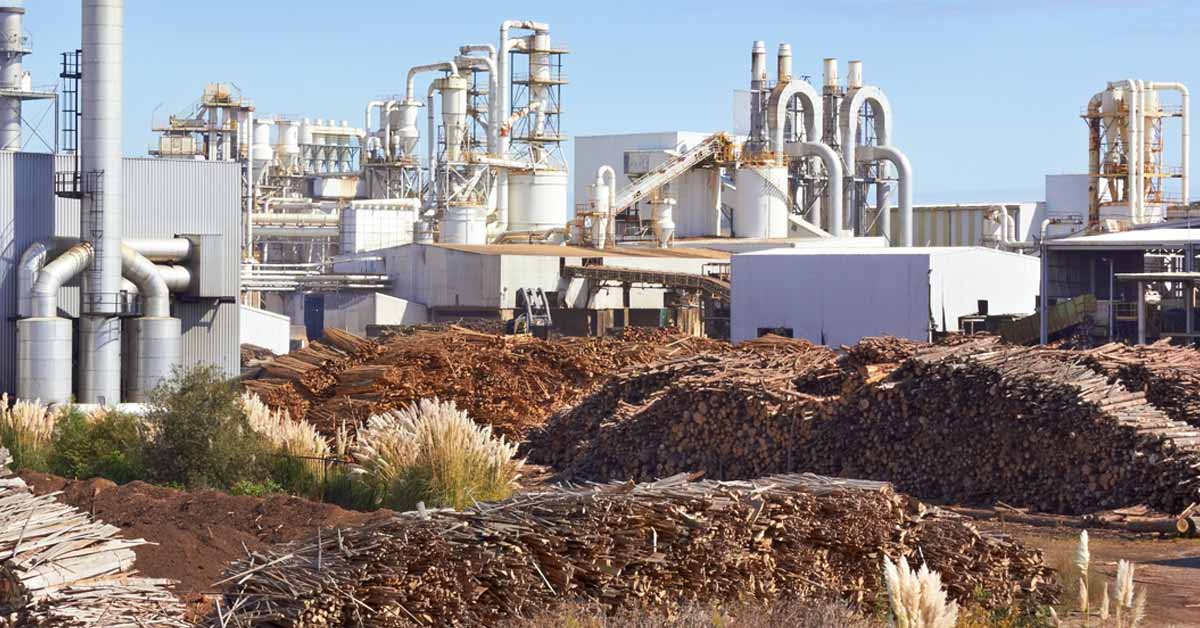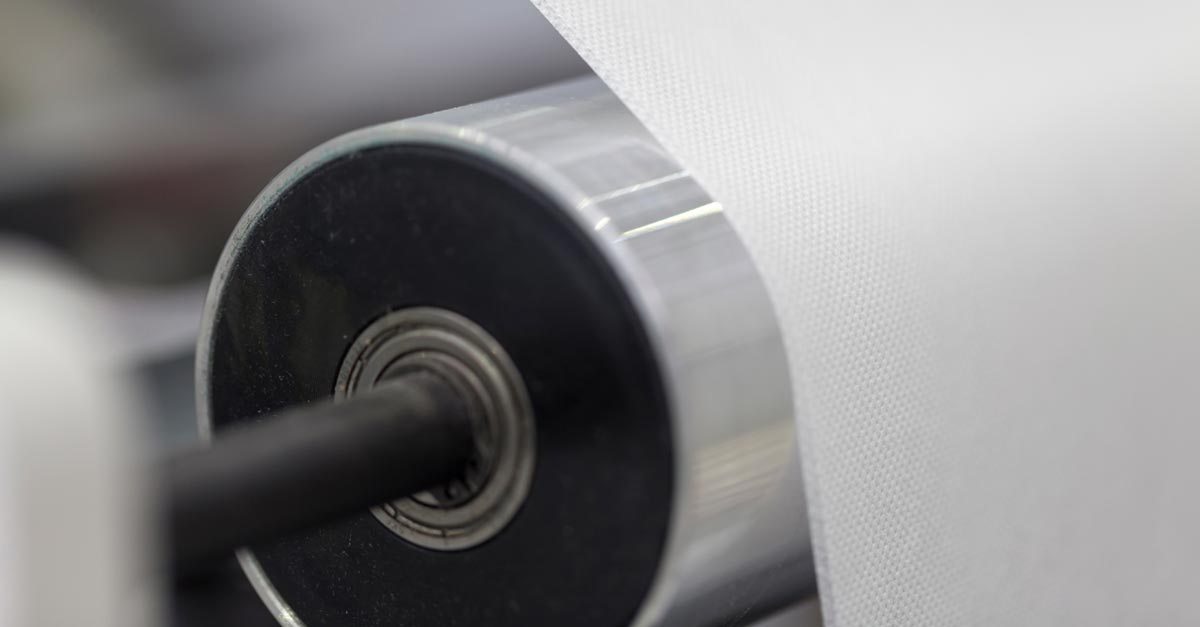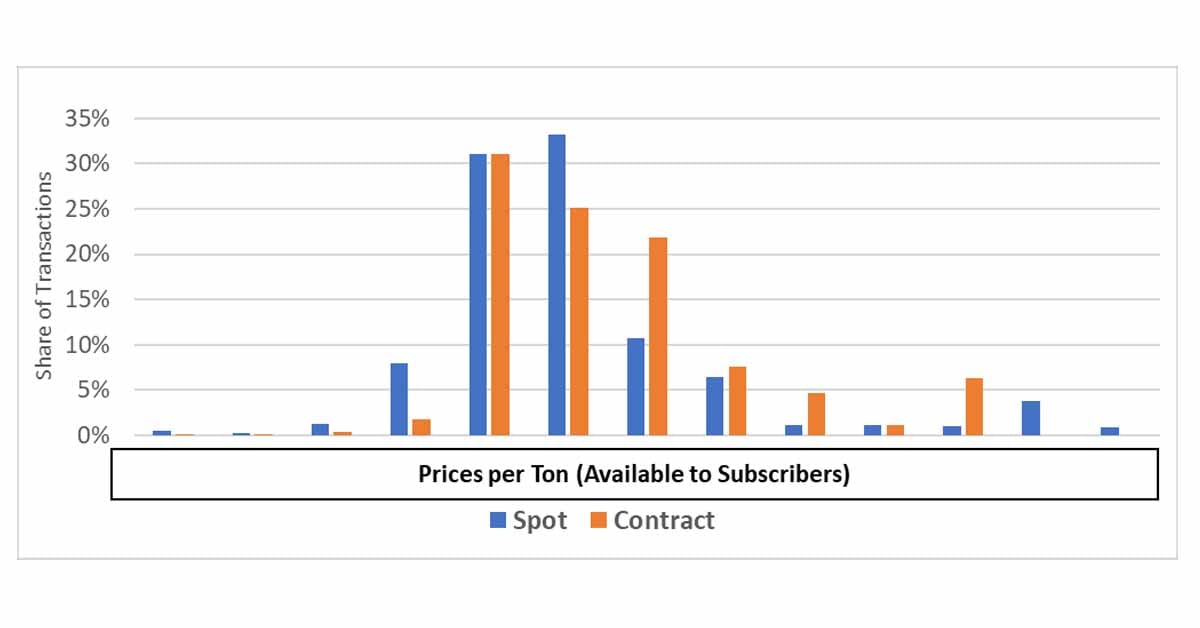On July 13, Maine Gov. Janet Mills signed the Extended Producer Responsibility (EPR) legislation into law making the state the first to require companies that create consumer packaging to pay for the costs of recycling it. This fee will affect large packaging producers throughout the state and charge them for the collection and recycling of cardboard boxes, plastic containers and other packaging materials, as well as for the disposal of nonrecyclable packaging. However, small producers, those who make less than $2 million gross or who create less than one ton of waste per year, are exempt from the tax in order to ensure that Maine’s small business sector isn’t over-burdened.
Maine’s Department of Environmental Protection (DEP) will partner with a new stewardship organization to reimburse municipalities in providing recycling services throughout the state. This means brand owners selling packaged goods must pay the fee on all packaging materials to the stewardship organization in order to fund the system.
The overarching goal of this bill is to increase recycling rates, reduce packaging pollution and save taxpayers money. Oregon currently has a similar bill that establishes EPR for packaging and is awaiting the signature of Governor Kate Brown. In addition, 10 other states are considering similar legislation, such as New York, California, Massachusetts, Maryland, and Hawaii.
While new in the US, this type of legislation has been in practice in other economies for several decades. Thomas Lindhqvist first introduced the EPR concept in a report to the Swedish Ministry of the Environment in 1990, before it was put into practice by Germany in 1991 through its introduction of its Packaging Protocol. The European Union (EU) has used the EPR directive as a method to manage packaging waste, however, while the directive applies to all Member States, individual countries are free to achieve recycling targets they feel are most effective. As a result, there are a number of different variances of EPR execution in place across Europe.
EPR methods are generally segmented via the following three categories:
- Single Organization Model: Some EU countries have implemented a single national compliance program, such as Belgium’s FOSTPlus organization which is accredited by the authorities to manage the recovery and recycling of household packaging nationwide and is not-for-profit.
- Competing Collective Model: Austria and Germany are two countries that have established a competitive recycling marketplace (generally for-profit), picking up recycling from multiple jurisdictions.
- Hybrid Model: The UK’s hybrid system involving Industrial, Commercial and Institutional (IC&I) and Residential targets is an example of a hybrid model. This approach divides the cost of EPR within the supply chain, meaning that it is shared between packaging suppliers, fillers and retailers. This model is typically for-profit.
Since Maine’s EPR legislation is placing the recycling responsibility on producers and manufacturers, and with more states considering similar laws, this change raises a number of questions for producers moving forward.
Questions for the Future
Since the new fee targets those producing the boxes, bags, sleeves, bundles of product, etc., this means that companies across Maine’s pulp and paper supply chain will be affected by this new legislation. The initiative has received mixed reception.
Patrick Strauch, Executive Director of the Maine Forest Products Council, noted in a recent statement opposing the measure that, “More than twice as much paper is recycled than is sent to landfills, and every ton of paper recovered for recycling saves 3.3 cubic yards of landfill space.
“Paper recycling helps extend the life of paper and paper-based packaging products, making it an integral part of the industry’s sustainability story.”
In addition, there are concerns regarding the costs that will be passed onto consumers during a time when many are still recovering from the economic fallout of the pandemic. If this fee burden is like most others, producers and converters will eventually transfer the cost to their own goods and services, which will ultimately impact consumers.
This type of fee structure will, however, gain momentum and support moving forward as ESG initiatives become more pervasive. Progressive legislative initiatives are poised to create a significant impact on the industry as a whole; is your business prepared for the coming decade and beyond?









